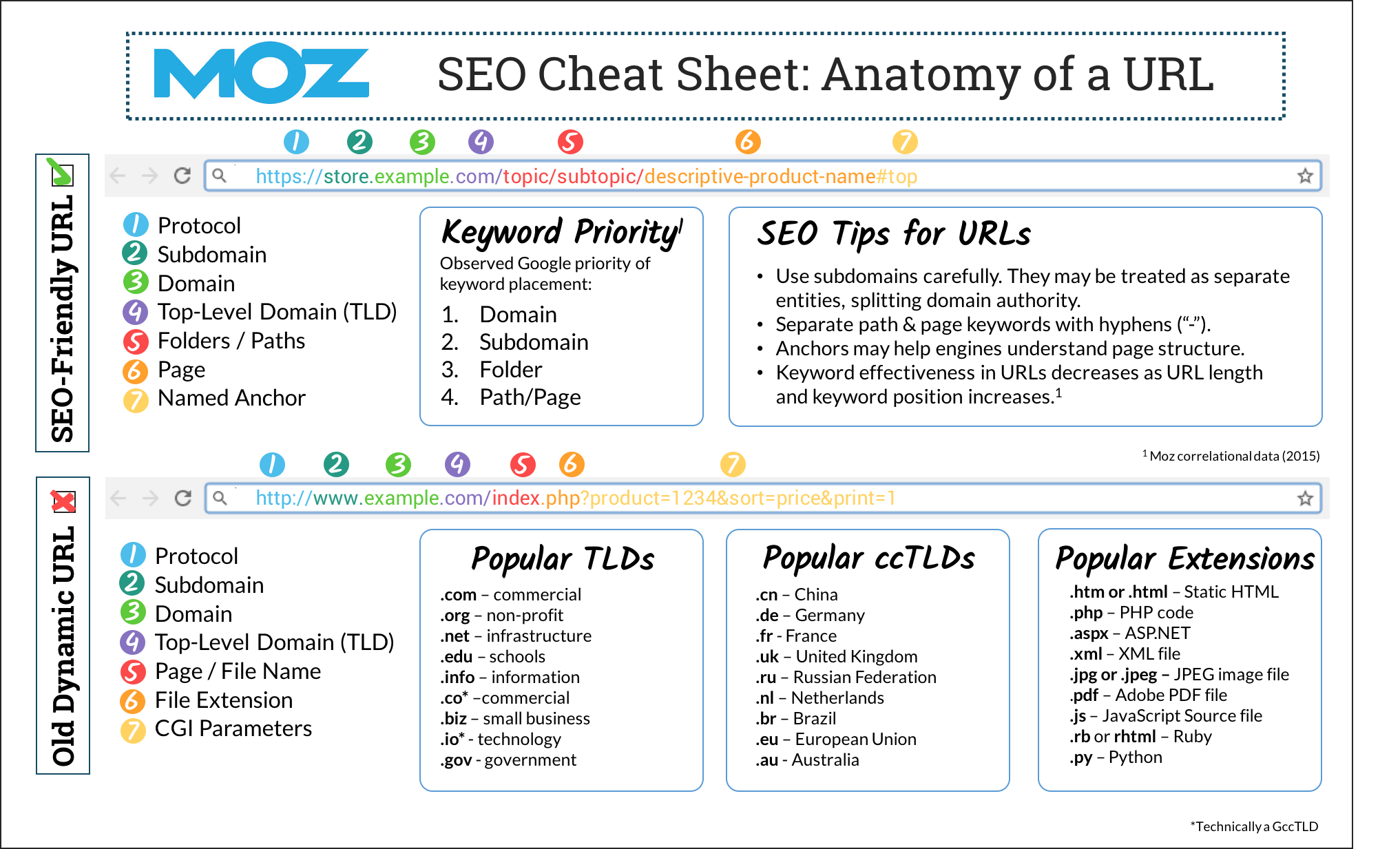
This article will explain how to create a configuration profile. You will also learn how to create a timestamped folder and export your crawls. You will also learn how to visualize your crawls. This is especially valuable for those with limited time and money to invest in website optimization. SEO Spider is an excellent investment, regardless of your level of webmaster experience.
Configuring a profile
Configuring a configuration profile for SEO Spider will allow you to control the speed of website. The command line interface allows you to customize the search engine's behavior. This option will improve your website's performance by decreasing the time it takes to crawl your site. You can save the configuration profiles that you have created for SEO Spider for future reference. You can also name the files with descriptive keywords. Here are some useful tips for configuring the configuration profile of SEO Spider.

Exporting data to a crawl
The command line interface and the user interface can be used to export data from crawls. You can choose whether to export all or selected data from a crawl. It is helpful to export data in bulk for analysis of crawl data. You have two options: inlink or outside link data. The export function works with the field of view that you are currently viewing. To export links, you can use the CSV file to store them.
A time-stamped folder
If you use Google Drive as your main file system, you can create a timestamped folder for SEO Spider exports. To do so, navigate to the SEO Spider settings in the Google Drive app and click on the Export data button. After clicking the Export button, you will be prompted to provide permission to the tool. Once you have clicked the Export button, please click Allow twice before clicking confirm. Once you have approved the permissions, you can export the data to Google Sheets.
Visualizations of crawling
Visualisations are helpful tools for understanding a website's architecture, internal links and other information. These links build a hierarchy and transmit authority. A spider's tree view allows you to quickly see the organization of a website. It also provides information on navigation and node spacing. You can choose from a variety of visualisations, including the Site Map visualization.

Exporting data from a sitemap
You can export data from your sitemap using the command line interface to the SEO Spider. The following commands display the command line options for SEO Spider. The first two commands are in headless mode. The last command shows the command line as a GUI. This gives a quick overview about the arguments available for the command. You can also use the following command to export data form your sitemap.
FAQ
How do SEOs work for me?
Understanding what people are searching for in search engines such as google is the first step to getting a Google rank. This guide will assist you in writing content that Google ranks high. You can also visit our other guides for content marketing.
To begin, you will need to make a plan and decide what keywords you want. There are two types, broad keywords (like "digital Marketing") and specific keywords (like "seo".
The next step is to determine your goals, which could be increasing brand awareness, driving leads or sales.
Once you've defined your objectives, you're ready to start writing content! We have some tips on how to write content for SEO here.
Once you've written your content, it's time for it to be published to your blog or website. If you have a website, this might involve updating existing pages. If not, you'll need to hire a web designer who can help you set one up.
Link to your content on blogs and other relevant websites once you've published it. This will increase your content's visibility and allow it to be seen more widely.
What is an SEO strategy?
Content is the most important aspect of any website. Without relevant and useful information, your site will not rank well enough in search engines.
SEO campaigns optimize your website by obtaining links from other sites back to yours. It includes social media optimization. This involves using Twitter and Facebook to increase brand awareness and drive more traffic.
These will increase traffic to your website, and your SEO rankings. SEO campaigns focus on building quality backlinks to your site in order for Google to recognize your website's value.
Where should my website be located?
Your website needs to be found at the top results page of search results. This means that your website should appear near the top in every search result. However, some searches may have hundreds of pages. How does your website stand up against these competitors?
Statistics
- Deleting those 10k pages is one of the main reasons that he improved his site's organic traffic by nearly 90%: (backlinko.com)
- 93%of online experiences today begin on search engines. (marketinginsidergroup.com)
- Sean isn't alone… Blogger James Pearson recently axed hundreds of blog posts from his site… and his organic traffic increased by 30%: (backlinko.com)
- : You might have read about the time that I used The Content Relaunch to boost my organic traffic by 260.7%: (backlinko.com)
- These guides are designed and coded 100% from scratch using WordPress. (backlinko.com)
External Links
How To
How to Create a Successful SEO campaign
Creative writing is not for everyone. You need to know how you can stand out.
Most writers are similar. They often follow the same patterns in writing. They are repeating themselves and fall back on clichés.
It is important to break free from these patterns and come up with new ideas. Thinking outside the box is key.
You must also find interesting ways to make you writing more engaging. When writing for an audience, you must consider what makes them tick. What drives them? What makes them laugh? What makes them cry?
What excites you? What scares you?
Think about these questions when you sit down to write. Next, ask yourself why someone cares about what you are saying. What makes you think anyone would read what you have to say?
Once you have this information, you can start to write your story.
Start with your hook. It is important to start with your hook. It's the first impression you leave on readers. Make wise choices.
Next, choose whether you want your piece to be persuasive or informational. Informational pieces explain facts. Persuasive pieces convince readers to agree with you.
Final, choose whether you want to tell stories or show examples. Stories are fascinating. Examples are a great way to see how something works.